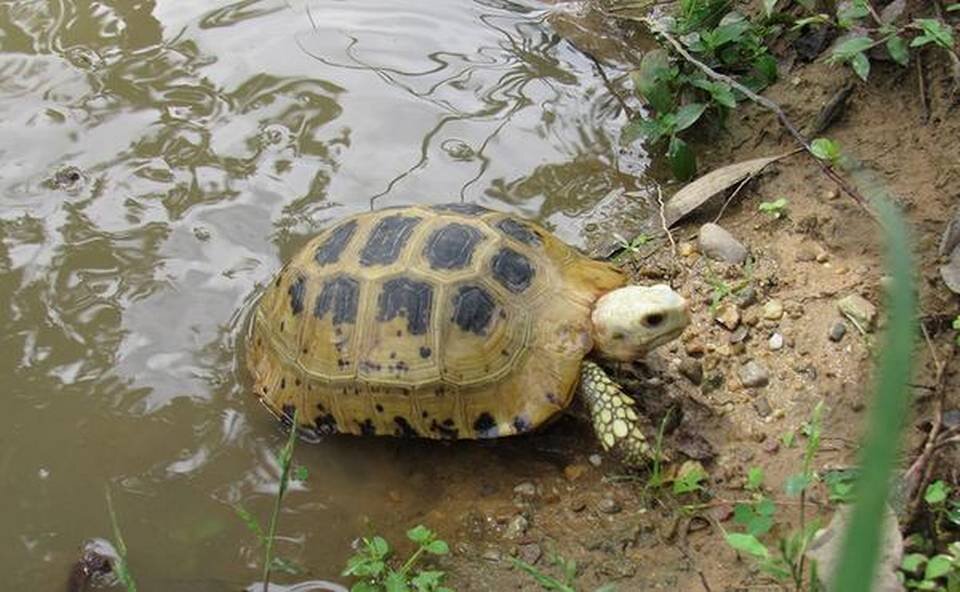A Study on Sal Forest Tortoise
Why in News
A recent study by ecologists in the Wildlife Institute of India (Dehradun), finds that over 90% of the potential distribution of the Sal forest tortoise falls outside the current protected area’s network.
Key Points
- The study covers parts of India with Bangladesh, Bhutan and Nepal.
- The Study found that in northeast India, the representation of the sal forest tortoise in protected areas (such as reserves, sanctuaries, etc.) is least.
- The study also found that 29% of the predicted distribution of the species falls within high occurrence fire zones.
- The species experience jhum fire in northeast India, which is a suitable habitat for the species.
- Such an intervention may not only directly kill the animals but result in loss of habitat.
- According to the IUCN, the population of the species may have fallen by about 80% in the last three generations (90 years).
Sal Forest Tortoise
- Sal Forest Tortoise is also known as the elongated tortoise (Indotestudo elongata).
- Habitat: It is widely distributed over eastern as well as northern India and Southeast Asia.
- IUCN Red List: Critically Endangered.
- CITES: Appendix II
- Wildlife (Protection) Act of 1972: Schedule IV
- Threat: Hunted for food, local use such as decorative masks and international wildlife trade.
Wildlife Institute of India
- Wildlife Institute of India (WII) is an autonomous institution under the Ministry of Environment, Forest and Climate Change.
- It was established in 1982.
- It is based in Dehradun, Uttarakhand.
- It offers training programs, academic courses, and advisory in wildlife research and management.